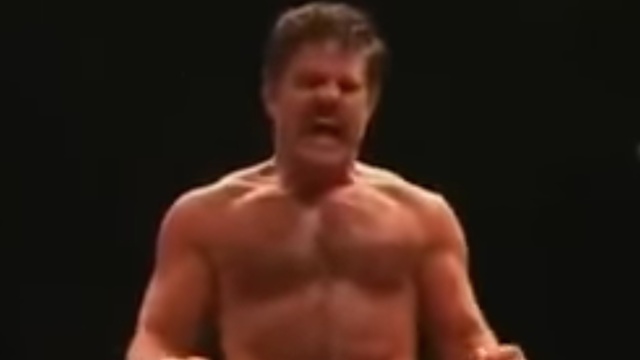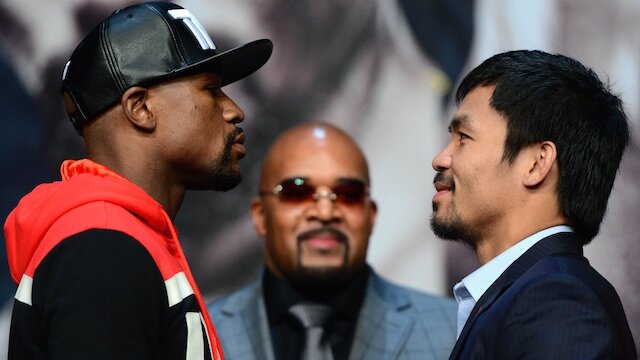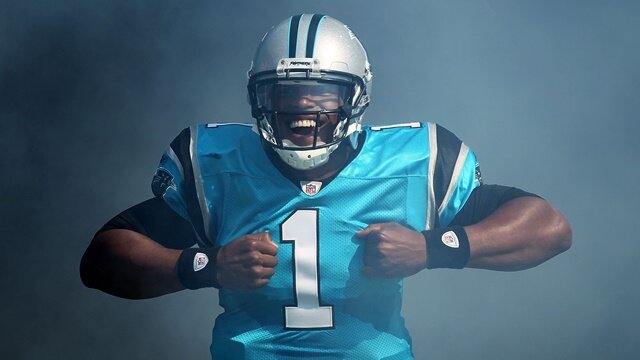A lot of ink’s been spilled over American hurdler Lolo Jones for a myriad of reasons.
She’s a 30 year-old virgin. She tripped over the final hurdle four years ago in Beijing. She’s parlaying her looks into endorsement money without having won any medals. This is her last chance to win a medal before she’s “too old” to run. She’s active on Twitter. She has a crush on Tim Tebow. She’s mixed race.
Did I cover all the angles? If not, mainstream media certainly has. In the weeks leading up to the Olympics, she may have been the most “noteworthy” U.S. Olympian not named Michael Phelps. In the past 48 hours, she’s been inescapable.
Why? Is it hype? Is it deserved? Is it a snowballing human interest piece no one can control? It’s all of what I just named … but it goes far deeper than that: The media knows we need someone like Lolo Jones, someone tailor-made for their Olympic coverage. Our brains are wired to be interested in Lolo, and we’re in the perfect time in human history for the media to capitalize on this.
INFORMATION PROCESSING AND MEDIA
To understand why we’re in the midst of media overLoload, we need to understand how our brain receives information.
In Psychology, there’s a concept called the Elaboration Likelihood Model (ELM), which generally states that we’re unlikely to be moved/engaged by information itself, but by our thoughts and emotions triggered by the information. (Practical, research-based application of the old axiom, “Life is 10% what happens to me, 90% how I react to it.”)
ELM states there are two routes to ‘persuasion’ – in this case not necessarily the changing of one’s mind, but rather, of creating a cognitive/emotional bond between the message (media coverage) and receiver (you, me, us) – the central route, and the peripheral route.
The central route is taken when the receiver ingests the media, gives it time to let it marinate in the brain, evaluates the message and becomes an active participant in the digestion of the information.
The peripheral route is taken when the receiver ingests the media, and evaluates it based on qualities other than the strength or type of message brought forth by the information.
It is important to note that if the receiver lacks empathy for, understanding of, or is otherwise distracted from, the media itself, it will be impossible for the central route of persuasion to occur. Peripheral processing is, therefore, an easy shortcut to getting something across to the receiver.
We’re human and the Olympics are an overwhelming deluge of storylines and events, which makes it damn near impossible for the viewer to process all of it centrally. Our brains are more likely, especially given the 24/7 news cycle and our own busy lifestyles and multitude of media outlets, to peripherally process the various nooks and crannies of the Olympic narrative. Any method by which the media can take advantage of our brains’ predisposition to peripheral processing is a big win for the messengers (All media outlets, but NBC, specifically with respect to the Olympics). These methods are called ‘peripheral cues.’
Examples of peripheral cues include:
– Physical attractiveness of the subject or messenger
– Whether or not the subject or messenger appears to be credible, expert or successful
– Repetition of, or the receiver’s repeated exposure to, the subject/message
– Widespread strong emotional reaction to the subject/message
– Tone of voice, soundtrack, or other audio cues which imply importance
– Perceived complexity of the subject/message
In this case, the subject/message is Lolo Jones, and the messenger is the media itself.
It’s been verified that central processing is more effective in changing attitudes, getting a message to stick longer and receivers’ ability to resist counterargument, so what benefit does the media have utilizing peripheral cues to engage the receiver? Because they’re just trying to get you to watch, listen or read – and strategically placed peripheral cues make it easier for the receiver to connect to the subject or message in far less time.
When it comes to the Olympics, they’re only trying to capture our attention. And since our brains don’t centrally process by default, it takes more effort for the actual subject, event or message to captivate us. Unless you’re an aficionado of Women’s 100m Hurdles, you’re more interested in the event for other reasons. Let’s examine how this applies to Lolo.
LOLO JONES AS ULTIMATE PERIPHERAL CUE
Maybe you’ve heard that Lolo Jones is widely considered to be attractive. Beyond and behind every ‘sex sells’ cliche, there’s the cognitive predisposition of people simply liking to look at physically-pleasing things longer. Everyone’s done it: stopped a little longer on a channel with an attractive person on-screen, clicked on the beautiful thumbnail, put a poster on their wall of the attractive ‘object of their desire.’ That Lolo’s considered attractive instantly makes her more of a draw, for better or worse, and causes more people to be more interested in her story.
Lolo’s also been an accomplished hurdler, or, just accomplished enough to be considered ‘credible,’ when we listen to her or her story. Lost in the “Anna Kournikova”-ish whirlwind is there was once a time where Lolo Jones was ranked as the No. 1 hurdler in the world, and went to Beijing as the favorite. Also, when ‘name brand’ (that’s another peripheral cue) media like the New York Times, NBC or ESPN decides to focus in on her, we perceive her story to be more important, and are further sucked in.
And the more Lolo’s talked about, the more self-feeding the media hype machine becomes, and her story snowballs into something incredibly engrossing. Suddenly, what was once a curiosity is now a media monotony, which elicits even stronger cognitive and emotional reactions from the receivers – again, for better or worse, but it keeps you watching. (“Hey! It’s Lolo Jones! This is important!”)
Once saturation hits, soon the receivers are engaged in Lolo Jones because the rest of the world is engaged in Lolo Jones. And with Social Media the way it is now, even being a trending topic or being on NBC’s ridiculous “Social Download” serves to reinforce our interest in Lolo. Like it or not, now everyone (including Lolo Jones, herself, which has helped feed the hype machine since she’s so candid about her backstory so often) gets a chance to have their say about Ms. Jones and her various trials and tribulations, and although much of it is banal, crass or outright offensive, it keeps the subject at our top-of-mind, which engages us further. Again, we haven’t even discussed HURDLES, which – if you forgot – was why Lolo Jones was in the Olympics in the first place.
To get you to watch the hurdles, NBC crafts those perfectly-tuned puff pieces with that tinkling piano, or that epic brass fanfare, or that hushed voiceover or whatever other audio tricks they can throw at you that make you stop, sit and think, “Hey, I should really be interested in this.”
And with each advancement in media technology, from paper to photo to audio to video or social media, more and more peripheral cues are open for business, peripheral processing is more likely to take place, and I’m more likely to drop 1500 words on a woman who placed fourth in the Women’s 100m Hurdles Final. (By the way, Dawn Harper, the 2008 Gold Medal winner in Beijing, and Kellie Wells, who overcame rape and the death of her mother to race yesterday, finished with a Silver and Bronze, respectively.)
All the while, every peripheral cue is having a synergistic effect on the others, and that leads us to where we are today. Lolo Jones didn’t ask for this. Our neurology, our technology, and the media’s (not to mention, marketing agencies and branding experts, who have this down cold) craftiness at deploying tricks to keep you tuned in, are what caused it all.
JUSTIFIED?
So you ask, “Is the Lolo Jones hype justified?” Hype caused by peripheral processing is never justified. But it is never not justified. It just is.
Remember Linsanity? Tebowing? Anna Kournikova? Tonya Harding? Post-1992 Mike Tyson? Or, hell, Mark Fidrych? All notorious for a time. Much of it for reasons other than their stellar athletic achievements. But you can’t say hype isn’t justified if there’s something inside many of us that yearns to learn more without ever really taking the time to evaluate what the player, the person, the story’s all about.
But there will inevitably be somebody, somewhere, who will reach satiation with Lolo Jones, and will say, “You guys, you do understand two American women finished ahead of her, and on the podium, right?” And they’ll be processing this story actively, centrally, evaluating the narrative on it’s own qualities and merits. And today, that’s going to be me.
Folks, do some thinking tune out the peripheral cues for a minute. Dawn Harper and Kellie Wells have fantastic stories worth your time, empathy and focus. And they’re your silver and bronze winners – the 2nd and 3rd best hurdlers in the entire world, and they’ll get to be able to say that for at least the next four years.
Congrats, ladies.
 Share
Share 










